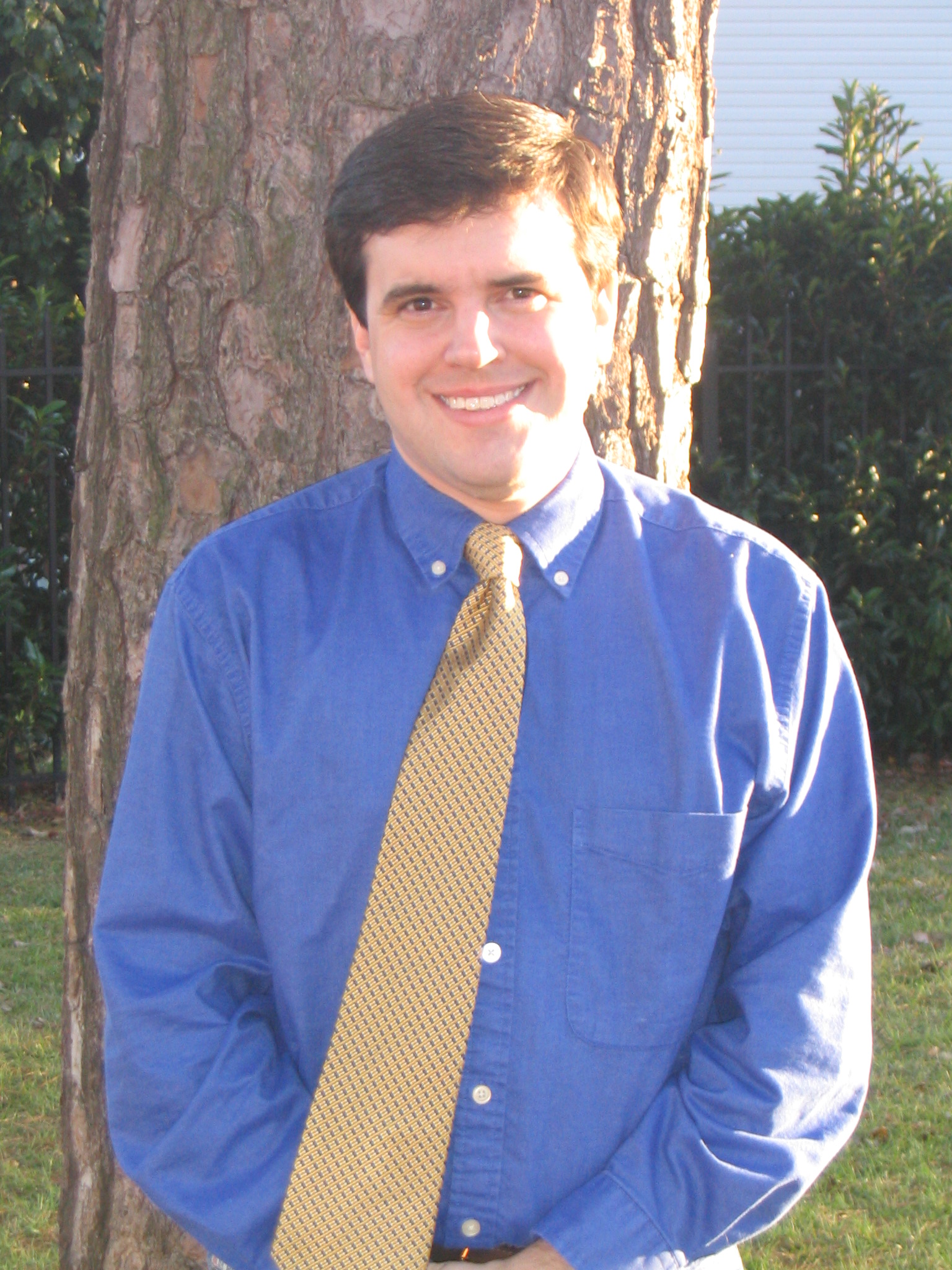Ken Bridges/Contributing writer
Accidents happen. People make wrong turns. Sometimes these end badly, sometimes not. One supposed wrong turn became part of an aviation legend. And with it, Texan Douglas Corrigan became known for one of the most bizarre feats in aviation history–the transatlantic flight going the wrong way.
Corrigan was born in Galveston in 1907, less than four years after the Wright Brothers completed their historic first flight. His father was an engineer, and the family moved often. His home life was fractious, and his parents divorced. Eventually, he ended up with his mother, sister, and brother in Los Angeles.
He dropped out of high school as a teenager and took odd jobs in construction. In 1925, he happened across a pilot offering plane rides for $2.50. Curious, he paid the fee, hopped into the Curtiss JN-4 Jenny, and instantly fell in love with flying. He began taking lessons, and five months later, he was a licensed pilot.
He began working for the Ryan Aircraft Co. in San Diego. He helped assemble Charles Lindbergh’s custom-built Spirit of St. Louis that would later be used for the first transatlantic flight in May 1927. In the meantime, Corrigan continued to perfect his own piloting skills eventually performing aerial stunts in company airplanes on his lunch breaks, much to the frustration of his employers.
After the success of Lindbergh’s flight, Corrigan decided he wanted to replicate the feat. In 1933, he bought a used Curtiss Robin OX-5 for $300. The plane was a mess, but Corrigan rebuilt and modified it over the next several years.
In 1935, he applied for clearance to take his OX-5 across the sea from New York to Ireland non-stop. Aviation officials in New York declared the plane unfit for the flight, citing a number of structural and mechanical problems. But he was cleared to fly the plane back to California. After two years of repairs and extensive modifications, Corrigan applied repeatedly, but his plane was rejected each time.
In July 1938, he flew from California to New York hoping to receive permission to finally make the flight. During the 27-hour flight, a fuel leak developed and he was refused again. He spent several days making repairs, and on July 17, he departed from New York and headed east. Along the way, the fuel started leaking into the cockpit, forcing Corrigan to punch a hole in the floor of the plane with a screwdriver to let the fuel escape safely. He arrived in Ireland 28 hours later. Irish authorities were caught by surprise. He claimed his compass was broken and that he flew above the clouds and never realized he was flying over the ocean so he never noticed his “mistake.” He apologized profusely for the misunderstanding.
For safety reasons, all pilots must file a flight plan with aviation authorities before each flight. Corrigan’s flight plan stated he intended to fly to California. In response, his license was suspended for two weeks, the exact time it took to ship his plane back home–by boat.
After the news broke, The New York Post ran the headline “Hail Wrong Way Corrigan” in reverse. When he arrived back in the United States, he was treated to a ticker-tape parade before a throng of well-wishers estimated by newspapers at close to a million people.
Flights across the Atlantic were not so unusual by this point. Wiley Post, himself a Texas native, had completed the same trip in 1931; and Amelia Earhart in 1932. Seaplanes regularly crossed the Atlantic, while Zeppelin airships, made routine flights across the Atlantic by the mid-1930s. “Wrong Way” Corrigan was the fourth to fly from New York to Ireland non-stop in a fixed-wing aircraft, but the circumstances with his misdirection, humility, and broken-down aircraft won the hearts of millions.
Whether the flight to Europe was planned or whether it really was an accident has been debated for many years. Corrigan nevertheless insisted throughout his entire life that the flight was an accident, at least publicly. “Honest, I meant to fly to California,” he said.
He took the jokes and the good-natured ribbing in stride. He published an autobiography titled That’s My Story and even endorsed a “Wrong-Way” novelty watch that ran backward. In 1939, he starred in a movie about his life called “The Flying Irishman.”
After the acclaim of his trip faded, Corrigan returned to a simple life. During World War II, he served as a test pilot for the Army Air Force and delivered planes to forward bases as part of the Air Transport Command. After the war, he worked as a commercial pilot. He stepped away from aviation as a career by 1950 and bought an orange grove. He married and had three children. He sold the orange grove to developers after his wife died in 1966 and settled into semi-retirement.
Corrigan died in December 1995 in California at 87, beloved by family and friends. The plane from his famed transatlantic flight is on display at the Planes of Fame Museum in Chino, California.

